The contraption can charge the car in 40 hours. 🚗
The heavy trailer is bound to reduce the car’s range.
The contraption can charge the car in 40 hours. 🚗
The heavy trailer is bound to reduce the car’s range.
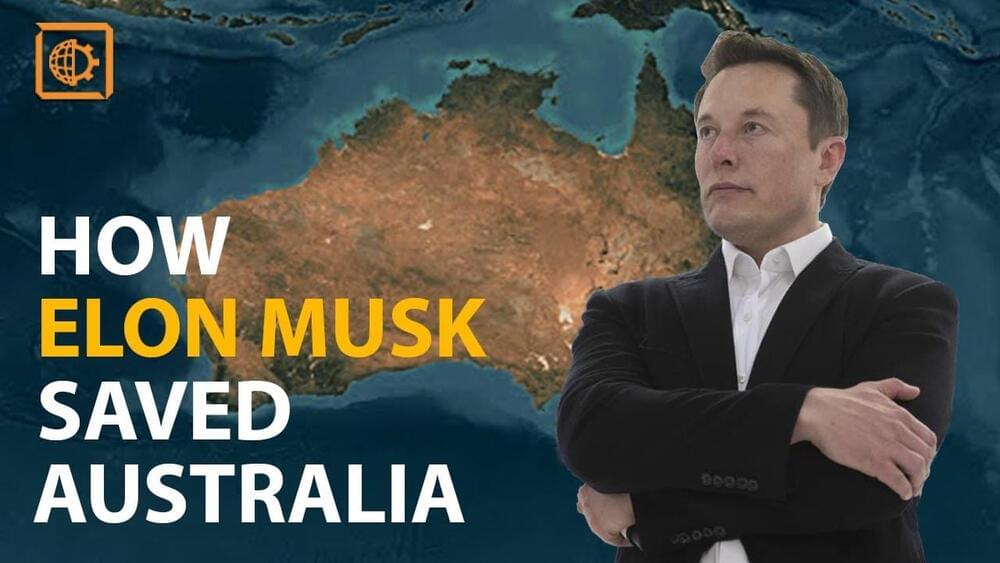
Aside from upturning the economics of the automobile industry, Tesla has also begun innovation efforts in how we receive our day-to-day electrical power services.
Indeed, the day you begin to pay Tesla your electricity bills may soon come if they continue their success. Welcome dear, today we will talk about Tesla’s battery farm installations in Australia and how they changed the lives of many Australian citizens.
Tesla’s ‘battery farm’ in South Australia is officially known as the Hornsdale Power Reserve. Its construction history begins with the local southern Australian government searching for plausible plans for the improvement of their electrical power grid with a battery design in the region.

Scheduled to break ground next year, the project will feature 100 single-story houses “printed” on-site using advanced robotic construction and a concrete-based building material.
Digital renderings of the neighborhood, unveiled last week, show rows of properties with their roofs covered in solar cells. The homes will each take approximately a week to build, according to firms behind the development.
The project is a collaboration between homebuilding company Lennar and ICON, a Texas-based construction firm specializing in 3D-printed structures. The houses have been co-designed by the Danish architecture practice Bjarke Ingels Group.
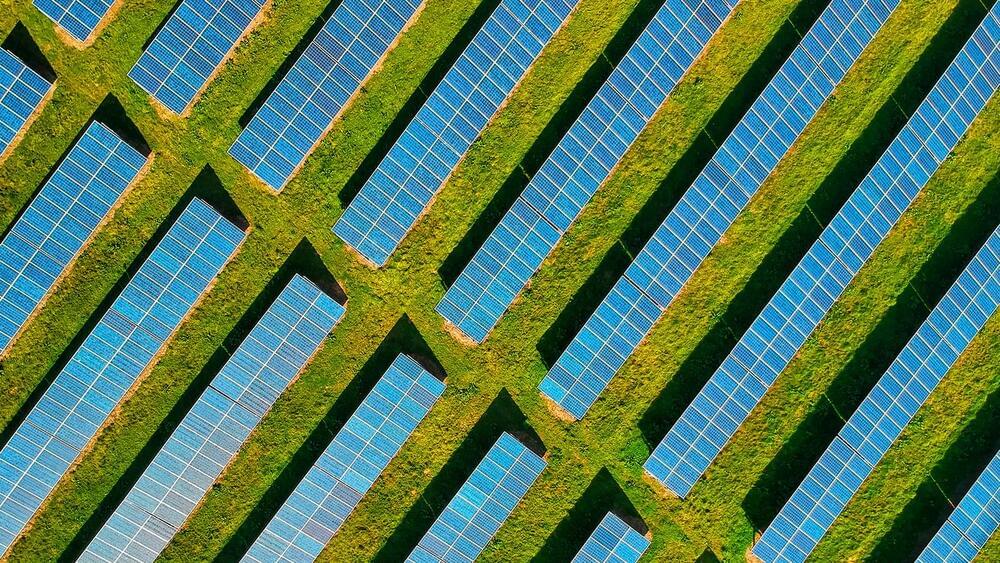
Solar panel companies turn to silicon because it is efficient and lasts a long time. A single panel lasts for at least 25 years, providing more than 80% of its initial power.
Despite the benefits, crystalline silicon is difficult to produce, which slows down the solar panel manufacturing process. In the past year, the cost of silicon has skyrocketed, up to a 300% increase, and the U.S. banned imports from China (due to a violation of international standards on child labor) — making it the second most abundant element on the planet an actual scarcity.
Alternative semiconductors: Some companies are ditching silicon for, a cheaper alternative. If they can commercialize low-cost films, the solar industry would change dramatically.
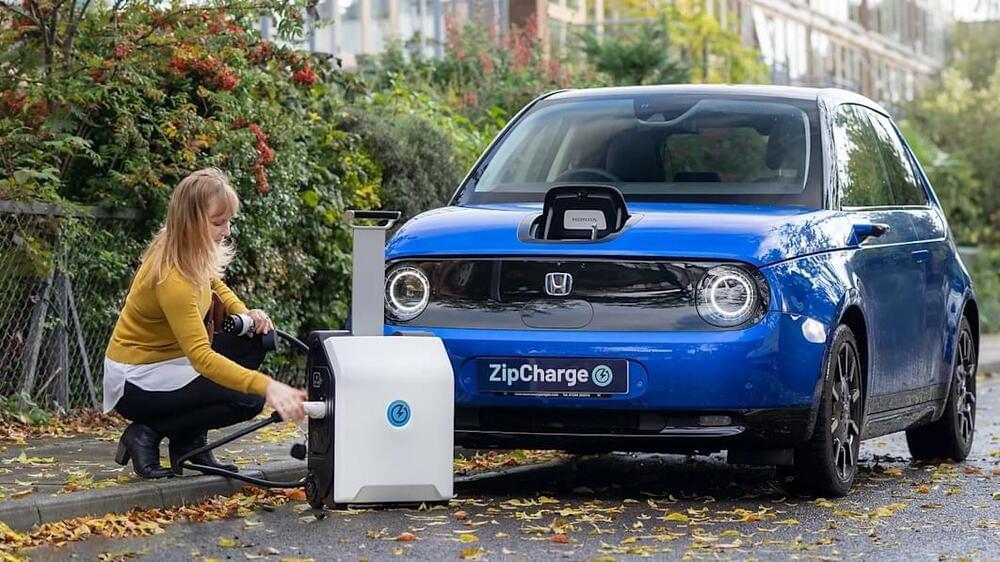
ZipCharge has launched a new type of charging product for EVs that might be able to convince people worried about range anxiety to switch from gas vehicles. The British startup has introduced a powerbank for EVs called ZipCharge Go at the Cop26 climate summit. It’s about the size of a suitcase and weighs around 50 pounds — plus, it has wheels and a retractable handle, so users can put it in their trunk and easily take it out when they need to charge.
According to the company, the Go can provide up 20 miles of range after being plugged into the car for 30 minutes. A higher capacity version will be able to provide an EV up to 40 miles of range. The device works with any plug-in hybrid or EV with a Type 2 socket, and it can charge that vehicle to its full capacity between 30 minutes to an hour. Charging up the device itself is as easy as plugging it into any socket, and users will be able to control and monitor it through an app, where they can schedule future charges during off-peak hours for cheaper costs.
While range anxiety is becoming less of an issue these days, it’s still keeping those on the fence from making the leap. A company called Gogoro developed hot-swappable battery technology for scooters to address the problem, but batteries in electric cars typically can’t be swapped out. SparkCharge has a portable EV charging system called the Roadie, but it’s not nearly as easy to carry around as the Go.
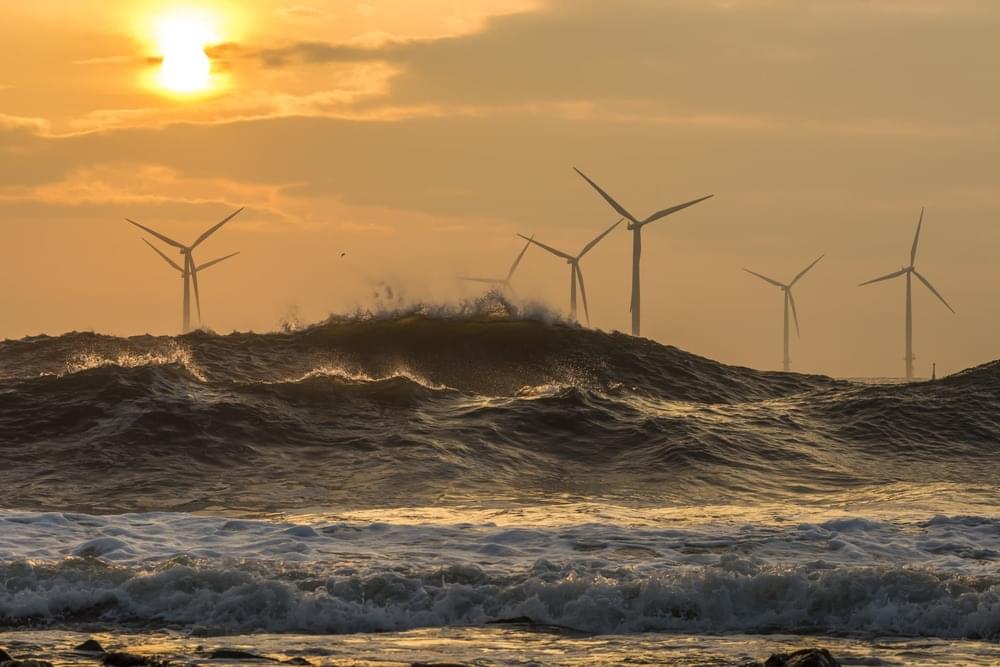
The world wants to “transition” away from fossil fuels toward green energy, but the difficult reality is this: Dirty fuels are not going away — or even declining — anytime soon.
The total amount of renewable energy that’s available is growing. That’s good news for a world threatened by potentially devastating climate change.
But the increase in renewable energy is still lower than the increase in global energy demand overall. A “transition” from fossil fuels may come someday, but for now, renewable energy isn’t even keeping pace with rising energy demand — so fossil fuel demand is still growing.

Billionaire Elon Musk and his Twitter account have had some adventures.
In 2,018 Musk’s tweet that he was “considering taking Tesla private” invited charges from the Securities and Exchange Commission and a $20 million fine.
As the country was locked down in April 2020 amid the coronavirus pandemic, Musk tweeted: “FREE AMERICA NOW.”
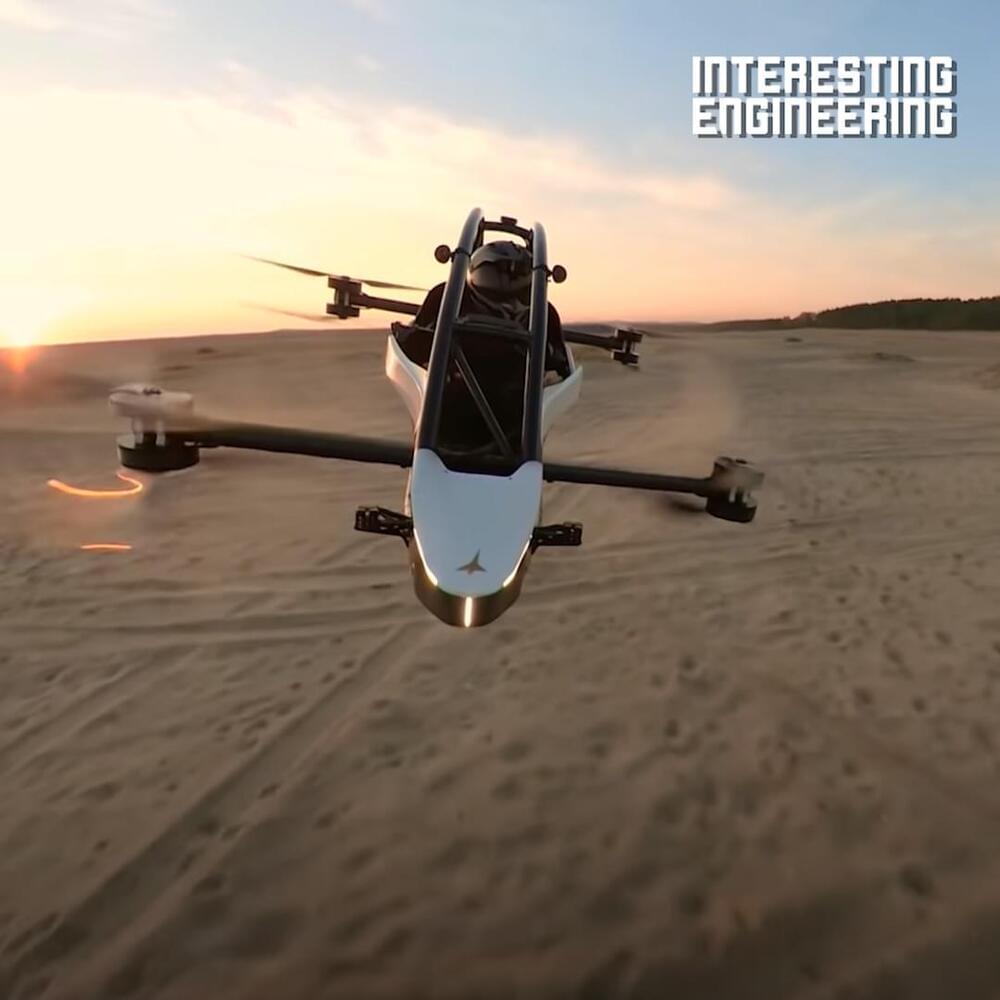
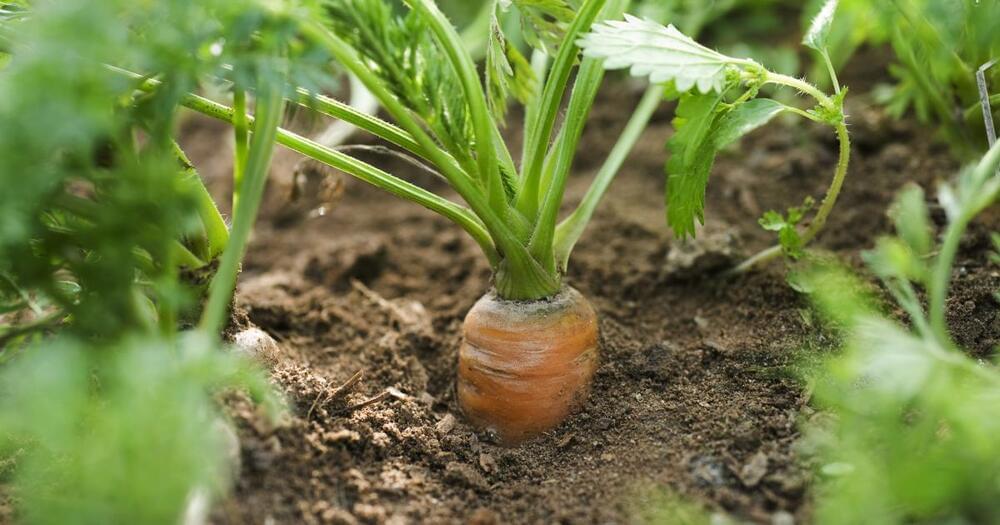
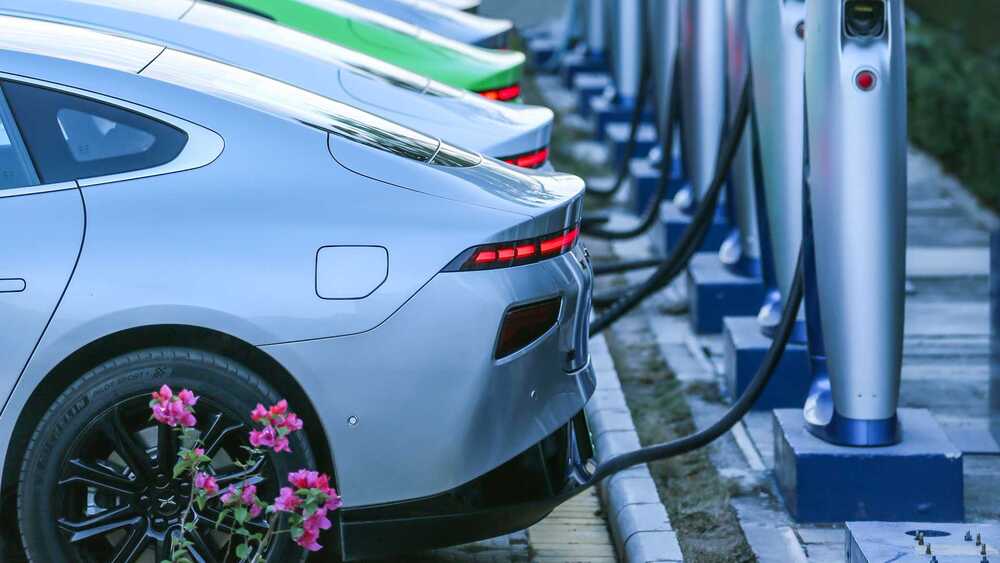
China is the world largest electric vehicle market and not surprisingly, has the world’s highest number of charging points.
According to the China Electric Vehicle Charging Infrastructure Promotion Alliance (EVCIPA) (via Gasgoo), as of the end of September 2,021 there were 2.223 million individual charging points in the country. That’s a 56.8% increase year-over-year.
However, this is the total number, which consists of over 1 million publicly accessible points, and an even higher number of almost 1.2 million private points (mostly for fleets, as we understand).